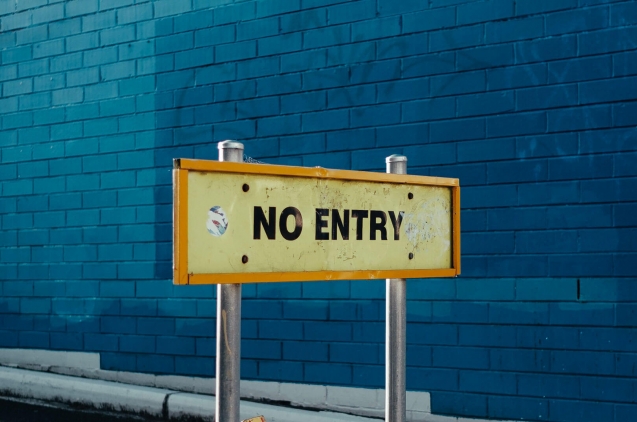The Stanford Persuasive Technology Lab has compiled 10 rules to create a credible website. They are based on 3 years of research involving more than 4,500 people.
Show that you are real
Demonstrate that you are a real business. Put your physical address in your website, a map, photos of your offices or building. If your business is affiliated with organizations like the chamber of commerce or other institutions, show this.
Make fact-checking easy
Try to make it easy for people to verify that what you’re saying is true. Use citations and links to your sources… Though people may not click them, the links will increase the strength of your content.
Highlight your experience
Emphasize what’s best: if you have experienced people in your business, let visitors know. If you have worked with important clients, tell your visitors. It all helps to build your credibility.
Show real people
Let users know that there are real people behind your website and your business by using pictures and text. This is especially recommended if you work with customer service.
Provide your contact info
Easy access to contact info means more contact from clients. Users have more confidence in websites that do this. Putting a visible telephone number on each and every page is a very good practice.
Professional Design
Like Don Norman said, “attractive things work better.” The vast majority of people instantly evaluate your page based on its design. The website must be designed for the target audience, as well as the purpose of the company. Responsive design (adapted to all devices and frameworks) betters the usability and therefore the credibility of your business.
Update content often
Websites that update frequently are seen as more credible. If a visitor is browsing your page and notices that your blog hasn’t been updated in a year, they will probably think the site has been abandoned. Updating the portfolio, blog, pictures and headlines makes your page a more credible place.
Avoid or minimize ads
If it’s possible, try to avoid ads, or at least indicate clearly when content is sponsored. Each time you pester a visitor with ads in pop-ups or within your content, you’re losing credibility.
Avoid errors
Language errors or dead links significantly damage your page’s credibility. Revise content periodically and be sure to pay attention to the little things.
Obviously these rules also rely on refined and professional offline behavior. Meetings with clients, response times and incident resolution are essential in order to avoid undermining the online work.


